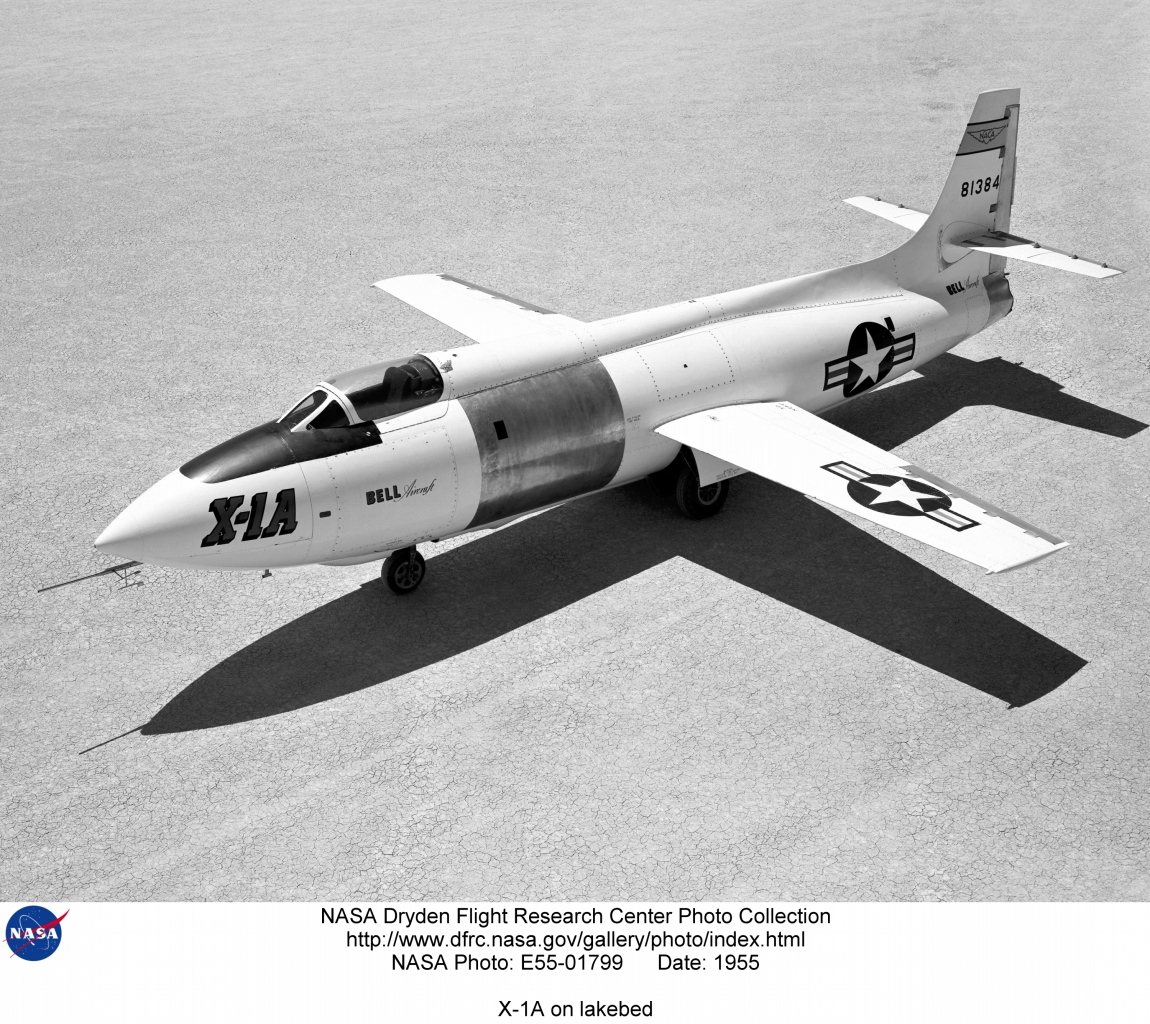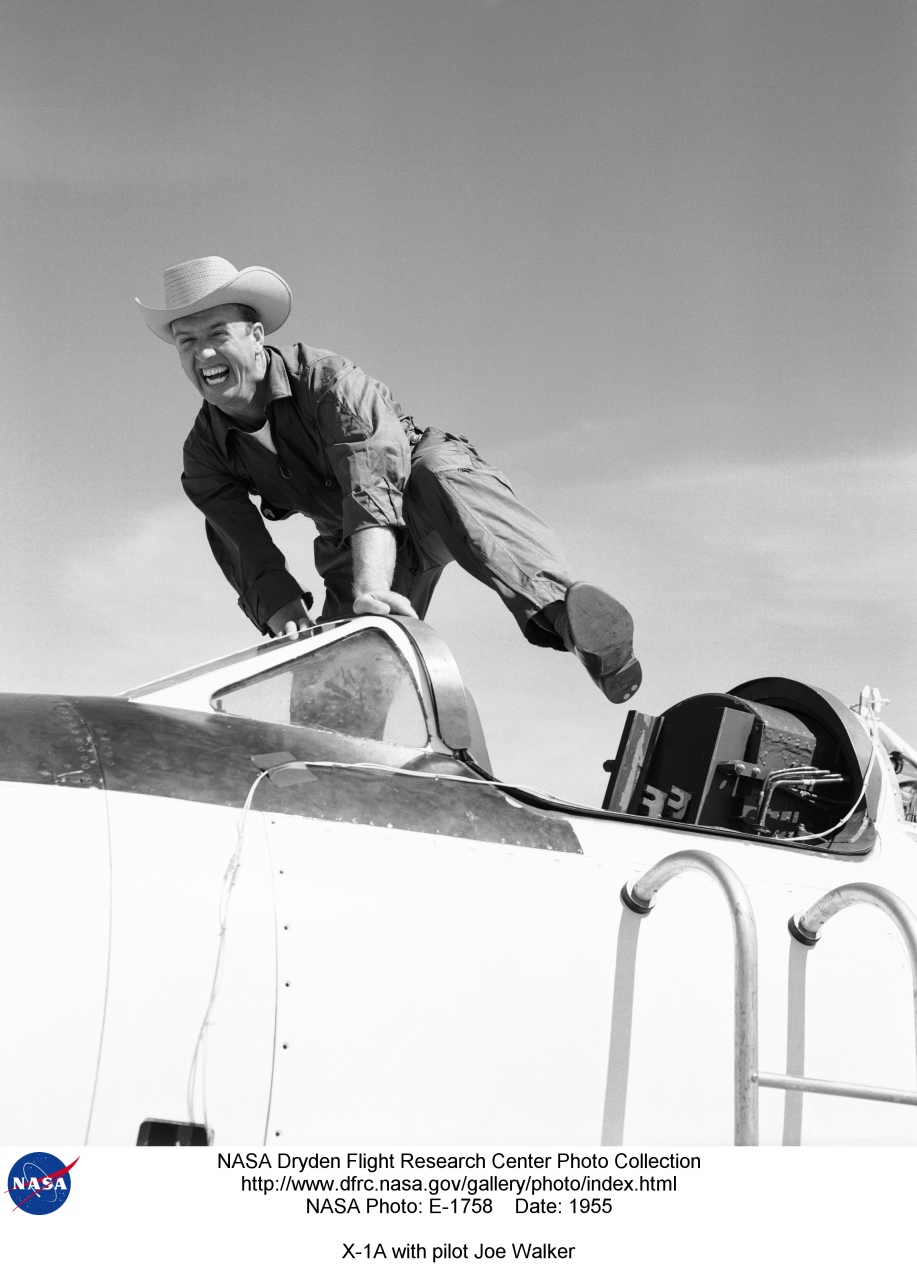
A number of similar explosions had occurred in the X-1D, X-1-3 and the X-2. Several aircraft had been damaged or destroyed, and Bell Aircraft test pilot Skip Ziegler was killed when an X-2 exploded during a captive flight. A flight engineer aboard the B-29 mothership was also killed. The B-29 was able to land but was so heavily damaged that it never flew again.
Debris from the X-1A crash site was brought back to Edwards AFB for examination. It was discovered that a gasket material used in the rocket engine fuel systems was reacting with the fuel, resulting in the explosions. The problem was corrected and the mysterious explosions stopped.

© 2015, Bryan R. Swopes
Our hats are off to the fraternity of U.S. test pilots that continued to advance our world of aviation technology!
“similar explosions had occurred in the X-1, D-558-II”
Can you tell me more about the explosion on the Douglas D-558-II Skyrocket?
Thanks.
I believe I was incorrect to include the D-558-II. . . In the early rocket planes,leather gaskets were used in the fuel systems. It was discovered that a chemical, tricresyl phosphate (TCP), had been used in treating the leather that reacted with liquid oxygen, resulting in an explosion. In addition to the loss of the X-1D, a Bell X-2 was also destroyed, killing its pilot, Skip Ziegler and engineer Frank Wolko. The B-50a carrier aircraft made it safely to land but was so badly damaged that it never flew again. Other research aircraft damaged include the X-1A and the X-1-3.